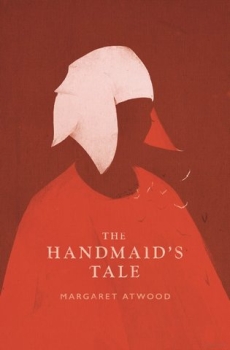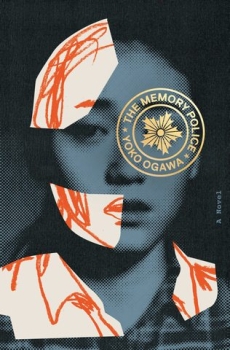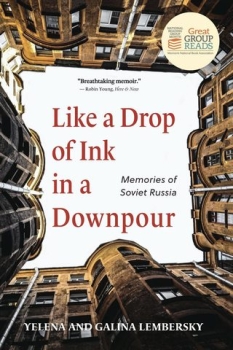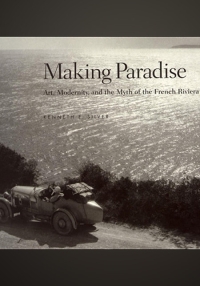
Making Paradise: Art, Modernity, and the Myth of the French Riviera, by Kenneth Silver.
Historical background:
The creation of the Riviera myth
Tracing art and artists from the 1880s through 2000, Silver identifies France’s Mediterranean coast as a “dream space for the twentieth century”. The "myth" he alludes to is the idea of the Riviera as a timeless, unspoiled paradise where artists, writers, and the wealthy elite could escape the pressures of industrialized modernity and find inspiration in the sun-drenched landscape. He lays out how art, literature, and tourism turned 150 miles of coastline into a place of artistic freedom, sensual pleasure, and escape from industrialized modernity.
The book club is hosted at the Tempe Public Library, convened by Keith Brown. [email protected]. For the latest book club meeting register at: tempepubliclibrary.org and click Event Calendar.
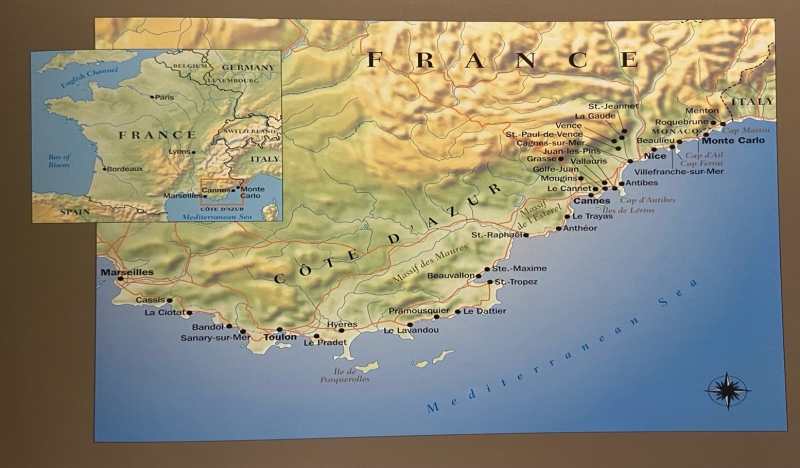
City Information
Midway between Nice and Monte Carlo, Beaulieu-sur-Mer has about 5,000 year-round residents. It became Tempe’s 6th Sister City in 1997. Burke Files serves as country director.
Key artists and their contributions to the myth
1. Henri Matisse – Captivated by the region’s light and color, Matisse moved to Nice in 1917. His works often depicted exoticized interiors, lush gardens, and Mediterranean motifs, reinforcing the idea of the Riviera as a lush, escapist paradise.
2. Pablo Picasso – Moving to the Riviera in the 1940s, Picasso settled in Vallauris and later Antibes. His ceramics drew on the rustic charm of the Mediterranean, further embedding the image of the region as a land of artisanal tradition and creative possibility.
3. F. Scott Fitzgerald – The Riviera was depicted as a playground for the wealthy in his novel, Tender Is the Night. His work both celebrated and questioned the myth, revealing the tensions between the idyllic vision and the social realities beneath it.
4. Le Corbusier – Through his modernist architectural designs, he also shaped the perception of the region. His minimalistic, sun-filled structures inspired a utopian, back-to-nature ideal that contrasted with the excessive luxury of the Côte d’Azur.
Deconstructing the myth
Silver traces the political and economic forces which shaped these artists’ ideas and representations of the region. Colonial influences, for example, played a role in the exoticism present in Matisse’s work. The influx of wealthy expatriates and tourists led to commercialization, transforming the Riviera from a rustic retreat into a luxury destination. The World Wars disrupted its artistic communities, and the rise of fascism in Europe cast a shadow over its idyllic image. Even as the Riviera continued to symbolize a paradise for modernists, it was increasingly entangled in global conflicts and capitalist expansion. The book invites readers to reconsider the romanticized vision of the Riviera and recognize the layers of meaning beneath its sunlit façade.
Discussion questions
1. Why was there such a confluence of artistic talent on the Riviera – was it place, people, time, or something else?
2. Does this example share elements with other “talent clusters”? Like NY for finance, San Jose for Tech/Venture Capital, Boston for biotech, for example?
3. In his Introduction Silver makes an interesting argument about the artist as tourist: “…The short-term and superficial response to distant places and unfamiliar people that we usually associate with tourism would appear to be the opposite of the profound reckoning we associate with art worthy of the name.” Does that seem right to you? To echo Silver’s question, “How long should an artist remain in one place in order to make a work of art?” (19-20)
4. What did you think about Silver’s coverage of the dynamic between art on the Riviera and what else was happening globally during the times covered by the book?
5. What did you learn that surprised you the most?
6. Would you recommend this book to others? Why or why not?
7. Did you have a favorite painting or photograph, or other art form described in the book?
Further reading and references
• A list of artistic styles, see https://magazine.artland.com/art-movements-and-styles/
• An account more focused on American writers’ relations with the myth of the French Riviera (including Fitzgerald, Hemingway)
• An account of Beaulieu-sur-Mer’s history
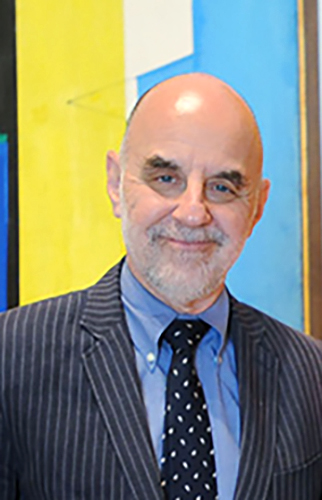
Kenneth Silver
Author bio: Kenneth Silver is a historian of modern art, who taught for many years at New York University before retiring in Fall 2024. For his work to make French art known internationally, he was made a Chevalier of the Order of Arts & Letters by the French government in spring 2010.

